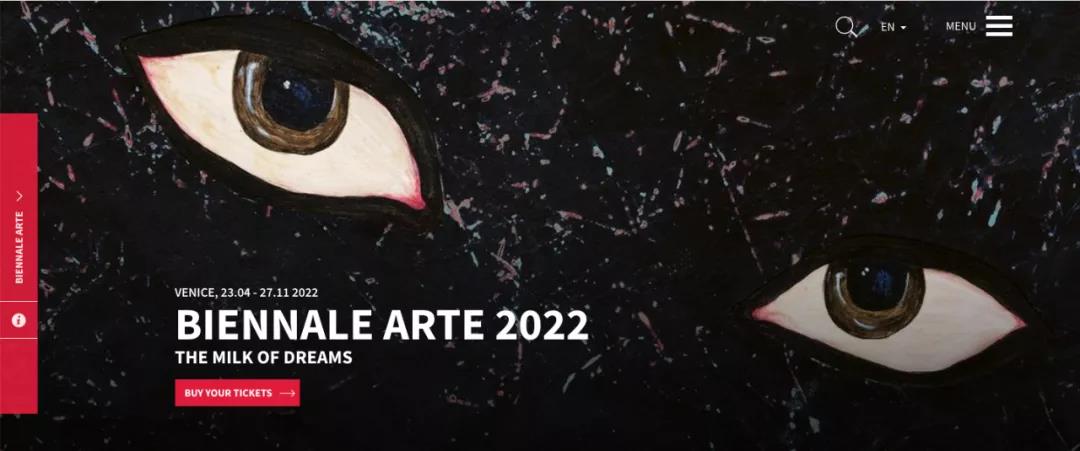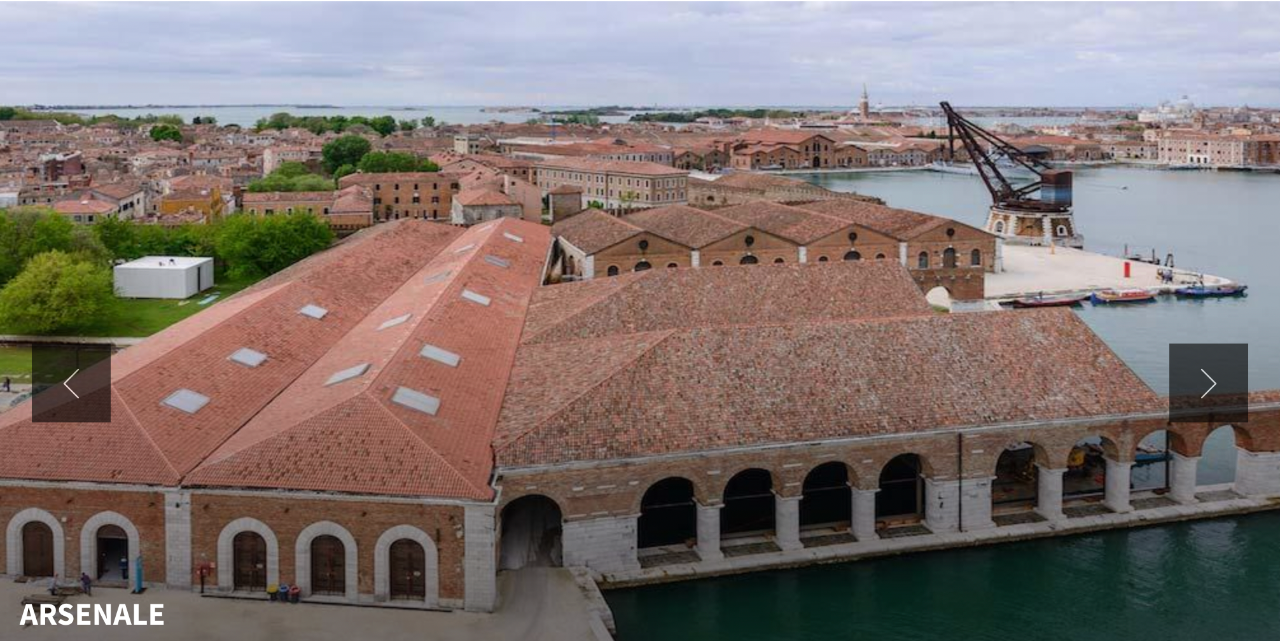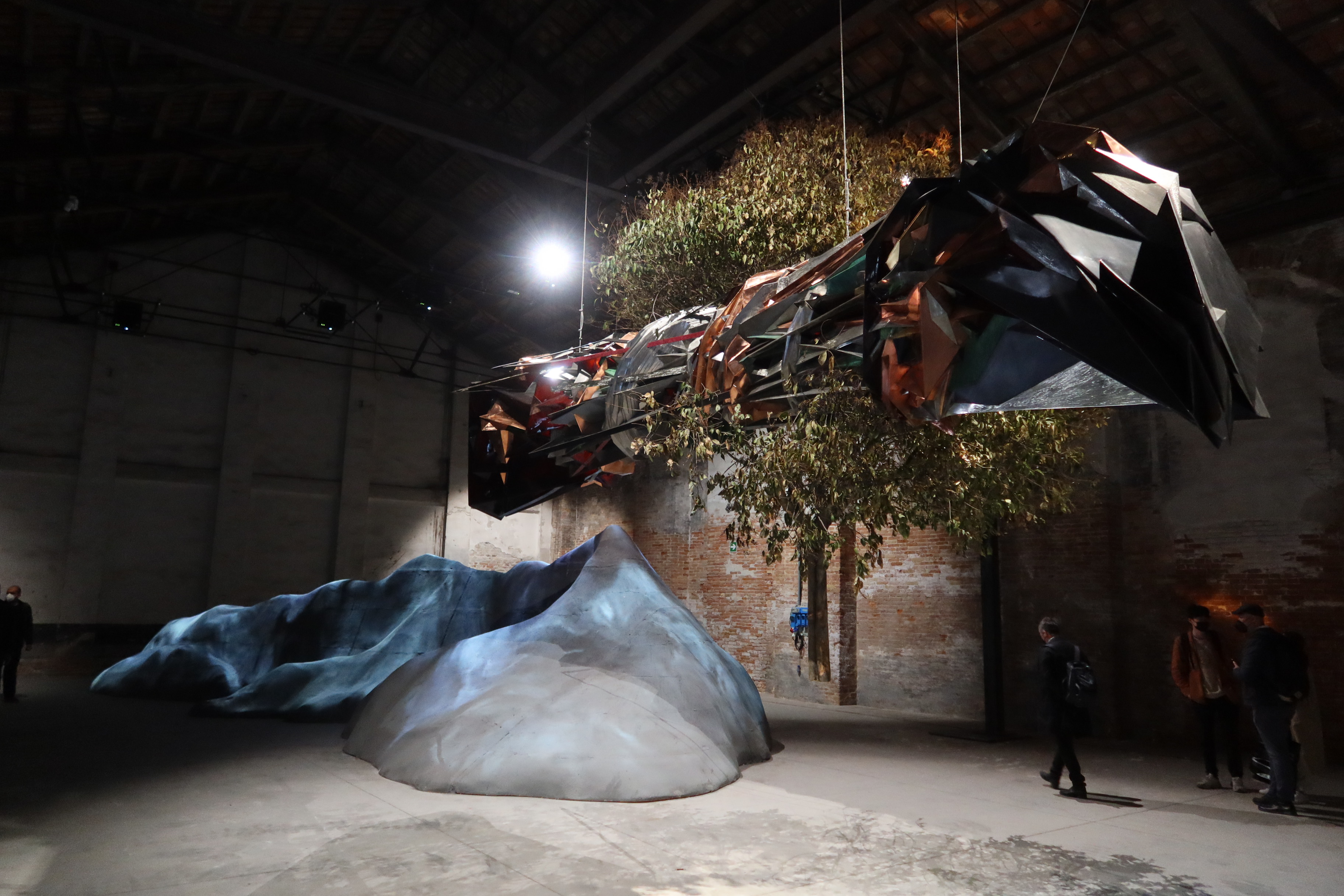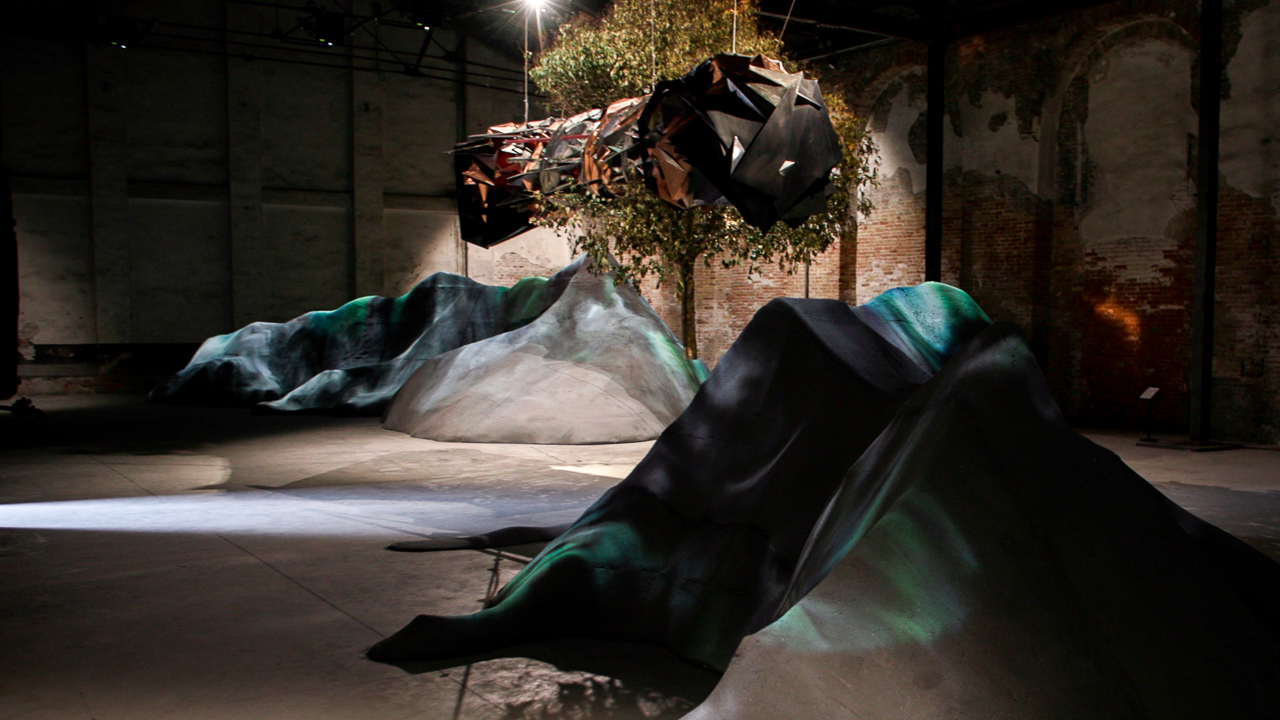Latest News
The Longquan Mountain Observatory won annual Architizer A+ Awards +
The Longquan Mountain Observatory won annual Architizer A+ Awards +
February 24, 2022

Recently, the official announcement for the list of participating artists and national pavilions at the "59th Venice Biennale International Art Exhibition: The Milk of Dreams" for 2022 was released. Following their participation as exhibiting architects at the 17th Venice Biennale International Architecture Exhibition China Pavilion in 2021, BUZZ Studio, led by Zhuang Ziyu, served as the space design team. They collaborated with the China Pavilion's curator, Professor Zhang Zikang of the CAFA Art Museum, assistant curators Sun Dongdong, artists Liu Jiayu, Wang Yuyang, Xu Lei, and AT Group, coordinating with various professional consultants to complete the design and exhibition work for the China Pavilion at the 2022 59th Venice Biennale International Art Exhibition. The main space design has been completed, and exhibition equipment and components have been shipped to Italy in stages.

Known as the "Olympics of the art world" and the "mother of all biennales," the Venice Biennale (La Biennale di Venezia), with its century-long history, is not only a biennial carnival of the international art community but has also consistently played the role of a trendsetter in the contemporary art scene. This edition of the exhibition will be open to the public from April 23 to November 27, 2022, in the Giardini and the Arsenale exhibition areas.

The 59th Venice International Art Biennale features 213 artists from 58 countries, along with national pavilions from 80 countries. The China Pavilion is organized by the Ministry of Culture and Tourism of the People's Republic of China, with the exhibition themed "Meta-Scape."

"Meta-Scape" aims to confront the current human condition of "human-technology-nature," utilizing the concept of "jing" (境) from Chinese traditional culture as a principled notion. Starting from the transcendental temporal attitude suggested by "Meta," based on China's experiences in its quest for modernization, and primarily employing practices of new media art represented by artificial intelligence as the main medium, it explores the aesthetics of "creating scapes." Through symbols such as plants and rocks, in the relationships and presentations between emotion and scene, the virtual and the real, mind and matter, it displays the "understanding structure" formed in the Chinese nation's process of comprehending and transforming the world. It discusses the civilizational markers set for the coexistence in the future world.
The spatial design of the China Pavilion transforms the traditional Chinese landscape's freehand spatial expression and its characteristic scene changes with each step, combined with the artists' exhibits. Through spatial construction, it recreates the artistic conception of Chinese culture. Simultaneously, by integrating the indoor and outdoor scenes of the China Pavilion's exhibition hall and garden, it establishes a rich interaction and inherent connection between the spatial setting and the artists' works.

Technical challenges such as the hanging, placement, and organization of the artworks to be exhibited in the China Pavilion were addressed and coordinated intensively. The aim is to present a relatively complete showcase of contemporary Chinese art and design aesthetics by the time the pavilion opens in April.

In the current era, the "Meta-Scape" of the exhibition creates and presents a universal consciousness of coexistence, with a starting point of thought distinctly different from the popular concept of "metaverse." Originating from China's unique cultural context and poetic spirit, the purpose of "creating landscapes" is not to establish new divisions. On the contrary, it aims to transcend the boundaries of reality, to re-establish a universal way of introspection, and to construct a shared future for humanity.